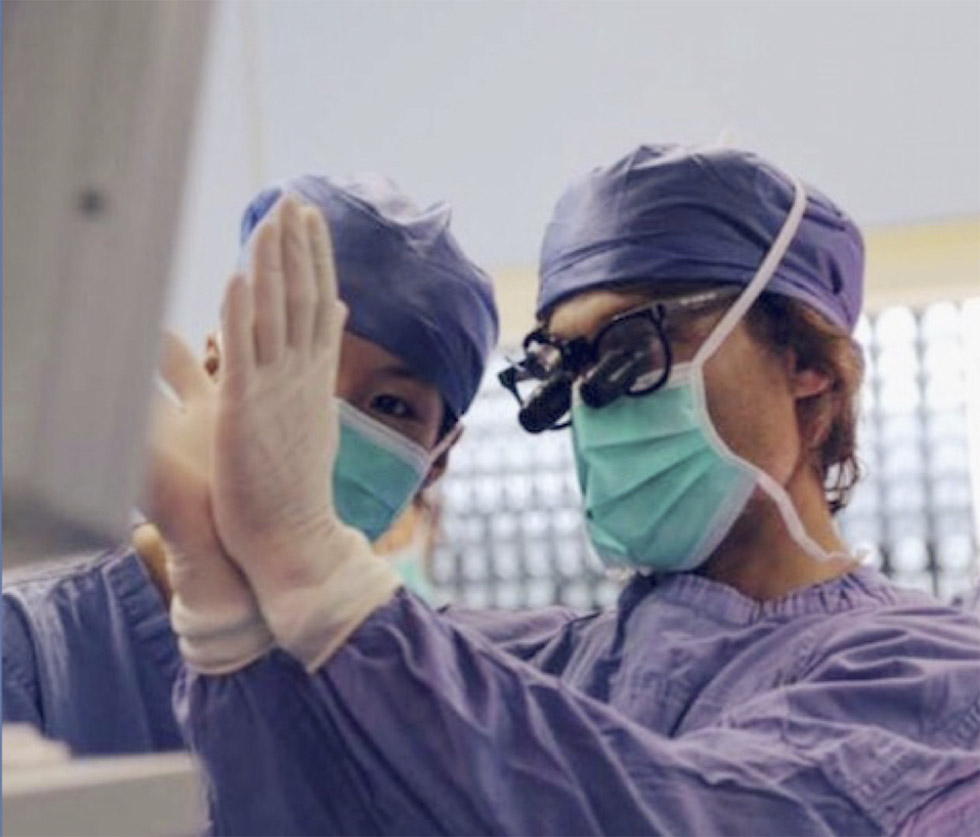Asian upper lid blepharoplasty is a specialized form of surgery, common to all Asian people (Chinese, Japanese, Korean, Filipino, etc), whose aim is to improve the aesthetics of the upper eyelids without changing the ethnic appearance of the patient. The anatomy of the Asian upper eyelid is distinctly different than that of the Caucasian eyelid. A thorough familiarity with Asian lid anatomy is crucial to attaining successful surgical outcomes. An aesthetic Asian upper eyelid should have natural fullness and usually a distinct crease. These are typical patient desires and goals of surgery. The procedure should be tailored at attaining these results. This requires a detailed knowledge of Asian eyelid anatomy and of the surgical procedure itself.
If the goal of surgery is only to produce a crease (double eyelid) as is often desired by younger patients, the crease can be formed from the inside of the eyelid, without an external incision (no scar), by suture placement only. While this technique avoids the potential for an eyelid scar, it does not have the lasting effects of standard surgery through the skin of the eyelid. If, on the other hand, there is a need for removal of excess upper eyelid skin, the surgery must be performed through the skin. While Asian eyelids may have a greater tendency to scar that Caucasian eyelids, this is typically not a problem. Abnormal scar formation is usually related to thickness of the skin and tension of the closure of the wound, issues not usually relevant to normal first time eyelid surgery. However, in the rare instance that a significant eyelid scar does develop, there are treatments available (for example: injectable and topical medications).
If you, or a friend, is considering upper lid blepharoplasty, and are of Asian ancestry, please make sure that the doctor you select is an EYELID SPECIALIST, and has experience with this procedure. If surgery is not to your liking, it may be difficult to revise.


